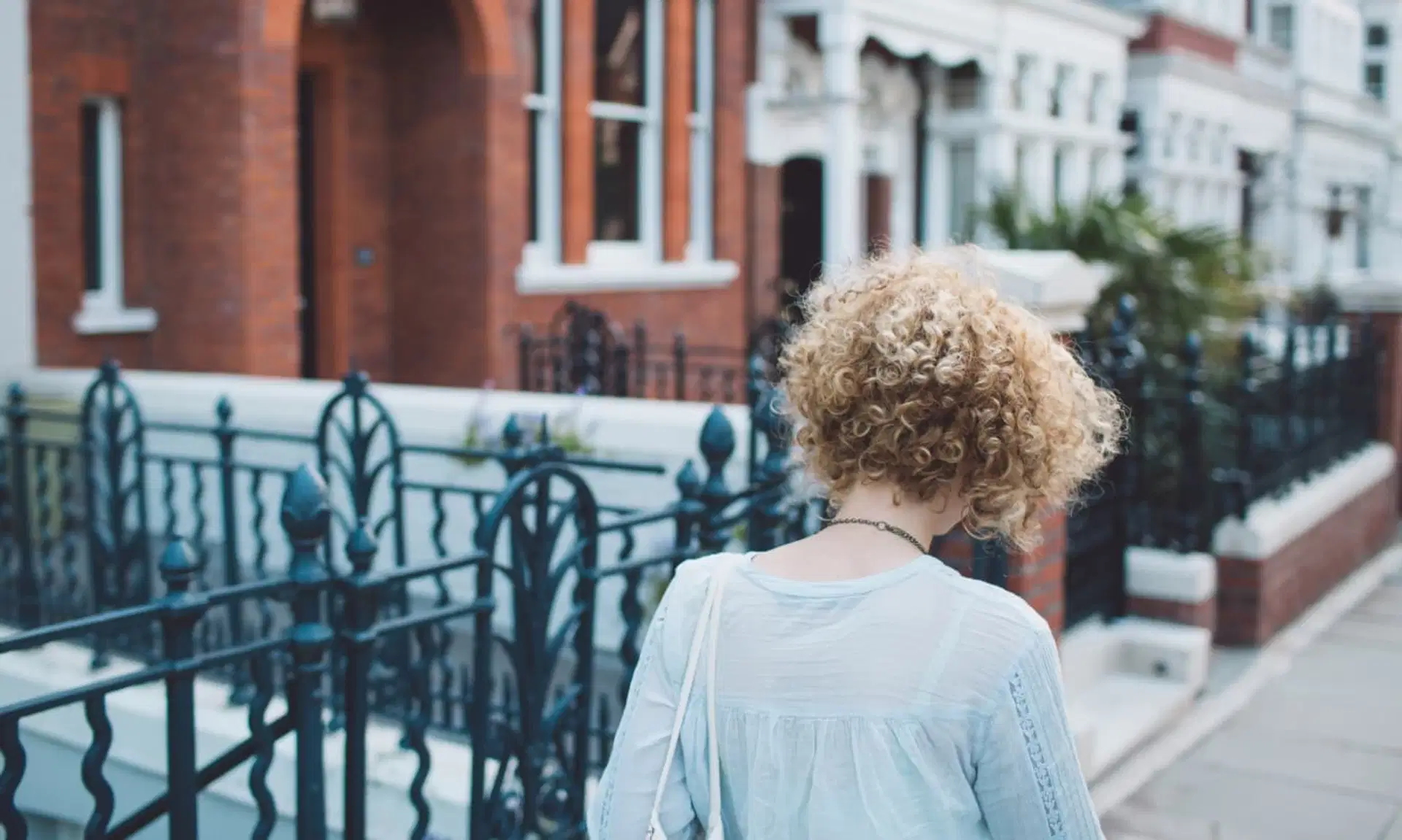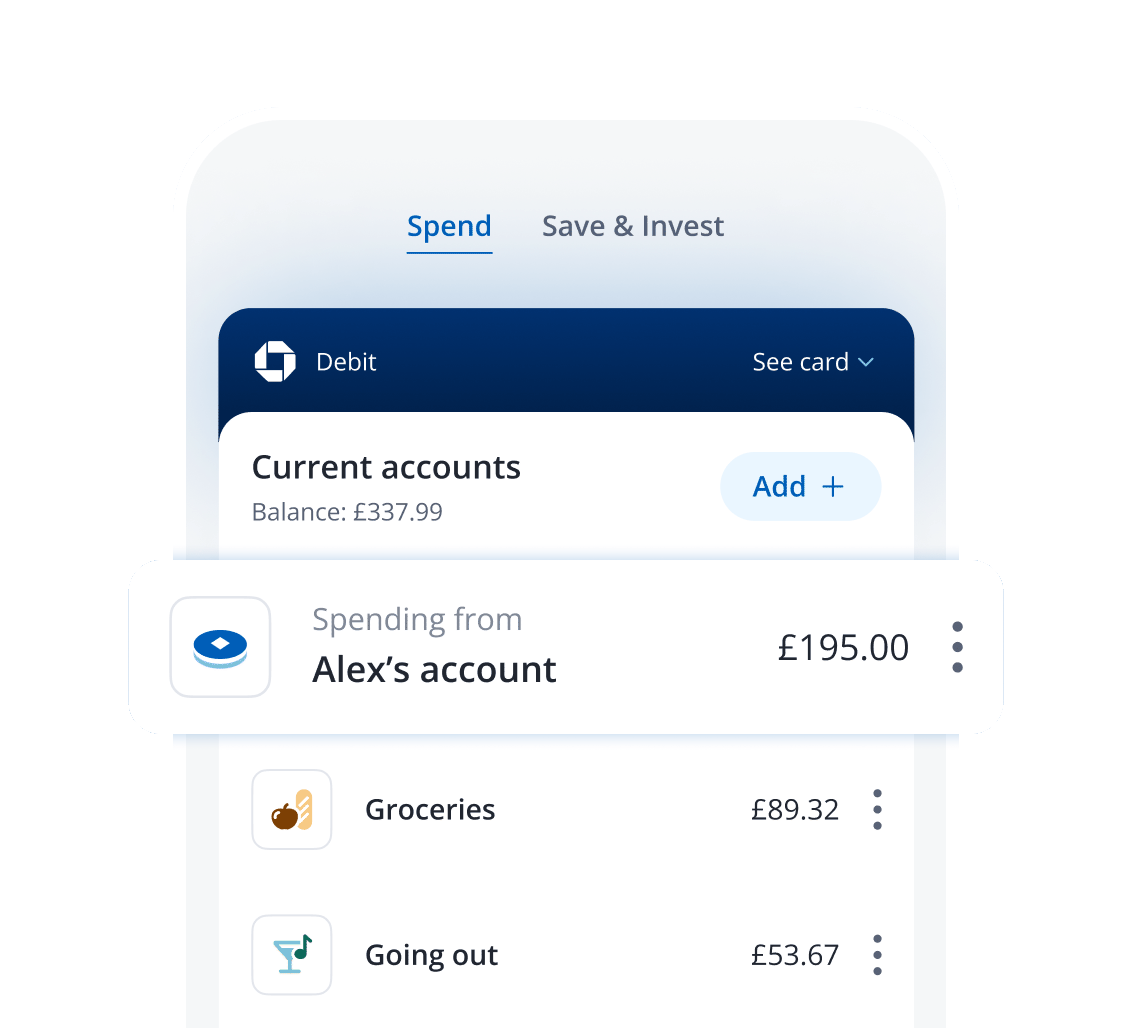money
Should you become a buy-to-let landlord?
8 min | 20 September 2022


Letting out a flat for income takes a lot of organisation and forward planning. If you get it right, it could become a great investment but there are some significant risks.
For tenants, landlords can often be perceived as the bad guys. "The only reason we eventually bought a house was because we were so fed up of being taken advantage of by landlords," said a teacher of my acquaintance. "We lost our deposits time after time, despite leaving our rentals perfectly clean. That adds up to a lot."
For landlords, it’s the other way round with tenants who don’t pay the rent, who leave properties in a mess, or just leave without paying.
I’ve been in both camps at one time or another. I lost a large part of my deposit for an end-of-tenancy clean on a house that I’d already had professionally cleaned. I rented out my own house while living abroad to someone who stopped paying, then scarpered, only to be captured by the Fraud Squad. It turned out he owed a lot of money to several banks, not just to us. (Still waiting for that rent, Harry, if you’re reading this.)
A journalist friend, while on a foreign posting, let his furnished London flat to what he believed to be a charming man, until my friend came back and found this charming man had run off with all the furniture.
So, when it came to my own decision to go for a buy-to-let property, I was hesitant.
I took the plunge, and so far, I’ve been lucky, as I’ve had great tenants, and the flat I bought has been easy to let. It has also increased in value since I’ve bought it. So, a buy-to-let property can be a good investment, especially at a time when you may not get much return on your cash.
But there are no guarantees attached to the housing market – the value of your property and any income from it can go down as well as up – and there are lots of possible pitfalls.
Remember when it comes to selling your buy-to-let it'll only be worth what someone is prepared to pay for it. It should be viewed as a long term investment, and it can take time to sell, which means you can't immediately access your funds if you need to do so.
Think about the costs
There are many considerations to bear in mind, not least the costs of buying, maintaining and selling your property, and the legal requirements you will need to meet. If you sell it, you may be subject to Capital Gains Tax and of course, you may have to pay tax on any profit you make from renting it
Things to consider
Buy-to-let mortgages
Typically, this type of mortgage:
- has higher fees
- has higher interest rates
- needs a larger deposit (typically 20-40% vs 5-40% for a first-time residential mortgage)
- is interest only, so owners have a repayment sum to pay at the end of the term (although you can opt for a repayment buy-to-let mortgage, not as many lenders offer this type of mortgage)
Rental yields
Ideally, the rent as a percentage of the property value should be higher than 7%. This can help you decide how much to spend and where to buy. You should research property costs and rents in each area.
Maintenance and refurbishment
You should plan a budget for small repairs and occasional redecoration. Which? magazine suggests £250 a year for small repairs, and around £2,000 every five years for refurbishment. But it could easily add up to more if you need to fit new carpets, install a new appliance or replace a boiler.
Letting agent costs
Many landlords use letting agents to help them find and screen new tenants, including doing Right to Rent checks and drawing up letting contracts. This service typically costs you the equivalent of the first month’s rent. For an additional fee, you can also ask your letting agents to manage the property, which may involve collecting the rent, dealing with tenants’ queries and handling repairs. Of course, you'll need to be able to pay for repairs out of your own pocket. If you can, it may be worth considering managing the property yourself to help save money.
Landlord’s insurance
If you have a mortgage for your buy-to-let property, the lender will expect you to have a buildings insurance policy, and you may like to include contents insurance (especially if the property will be furnished), and rental insurance to help protect you if your tenants default on the rent. Your letting agents can likely organise this for you, as part of their management service, or you can buy it independently if you're managing the property yourself.
Void periods
Make sure you budget for times when you don't have a tenant. Utility bills, including water, gas and electricity, will continue even if usage is low or nil, and you will be liable for council tax on an empty second home. You might be able to apply for a reduction in council tax if the property is empty while you're refurbishing it. Check with your local authority for their eligibility criteria.
Leasehold vs freehold
If you buy a house, it is likely to be freehold. But many flats are leasehold, and leases can vary in length. You will generally need to pay the freeholder annual ground rent and a maintenance charge through a management company for any general repairs and upkeep, with the cost of any larger projects shared out between all the leaseholders. If you buy a freehold flat, you'll need to agree on how you'll share costs with any other owners in the building – from small jobs to big repairs, like fixing the roof. That can lead to problems if freeholders disagree over the level and cost of repairs. It can also be much more difficult to get a mortgage on a freehold flat.
Major improvement costs to communal buildings cover things like security access, lifts, stairs and the garden – and you generally have to pay even if you don't use these facilities. Ground floor owners may resent paying for a lift they never use.
Mortgage interest tax relief
You used to be able to deduct mortgage expenses, like the interest on the mortgage, to reduce your tax bill. This was phased out in 2020 and is now capped at 20% of the interest on the mortgage – so no change for basic rate taxpayers but additional and higher tax rate payers can offset less of their expense.
Expenses
You can set off running expenses for your buy-to-let property against tax: this will include any repairs to the property, and the costs of engaging letting agents, including finding a tenant, drawing up a contract and/or managing the property.
Stamp duty
In England and Northern Ireland, you'll pay 3% extra in stamp duty on any buy-to-let property or second home worth over £40,000. The only exception is if your first property is a buy-to-let, where you'll pay no additional stamp duty. In Scotland and Wales, the extra rates are currently 4%. Stamp duty is tiered, and a calculator for England and Northern Ireland is available. In Scotland, you will pay Land and Buildings Transaction Tax, and in Wales, Land Transaction Tax.
Responsibilities
As a landlord, you will need to ensure gas, electrical and fire safety in your property, with regular tests and certification.
Licensing
In some areas, you will have to get a licence from the local authority to allow you to let your property. This likely needs to be renewed every five years. However, be aware that properties with evidence of poor management or other housing related problems may be given a shorter license, depending on the problem.
Energy efficiency
You need to have an energy performance certificate (EPC) to show tenants. Rental properties need an EPC rating of at least E. But that is changing. Landlords now have until 2025 to make sure their properties achieve a band C rating (or above) for new tenancies, and 2028 for existing tenancies. There may be government funding, but that has not been confirmed.
I’ve met many landlords over the years who were great to deal with. Some became friends. One early landlord, a farmer in the village, asked us to supper with her friends, and was kind to us. The only problem was that the village had won the Best Kept Village in Sussex many times, and a delegation came to her and begged her to have a word with us. Our tiny front garden, apparently, was letting the village down. We were no gardeners, but we pulled out all the stops. And as an internet search showed, we didn’t spoil its chances – the village has continued its run of luck ever since.
So, should you become a buy-to-let landlord? The answer is to do your sums first. And if you take the plunge, ensure you keep a sharp eye on any tax changes that may affect your net income.
Disclaimer: This article is for information only and does not constitute financial advice. As with all investing, your capital is at risk. The value of your investments can go down as well as up and you may get back less than you invest.






